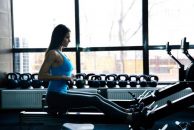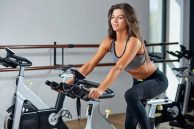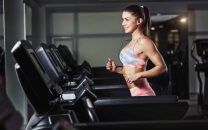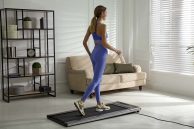Riding Comfortably: Elevating Your Indoor Cycling Experience with Adjustable Exercise Bike Seats and Handlebars
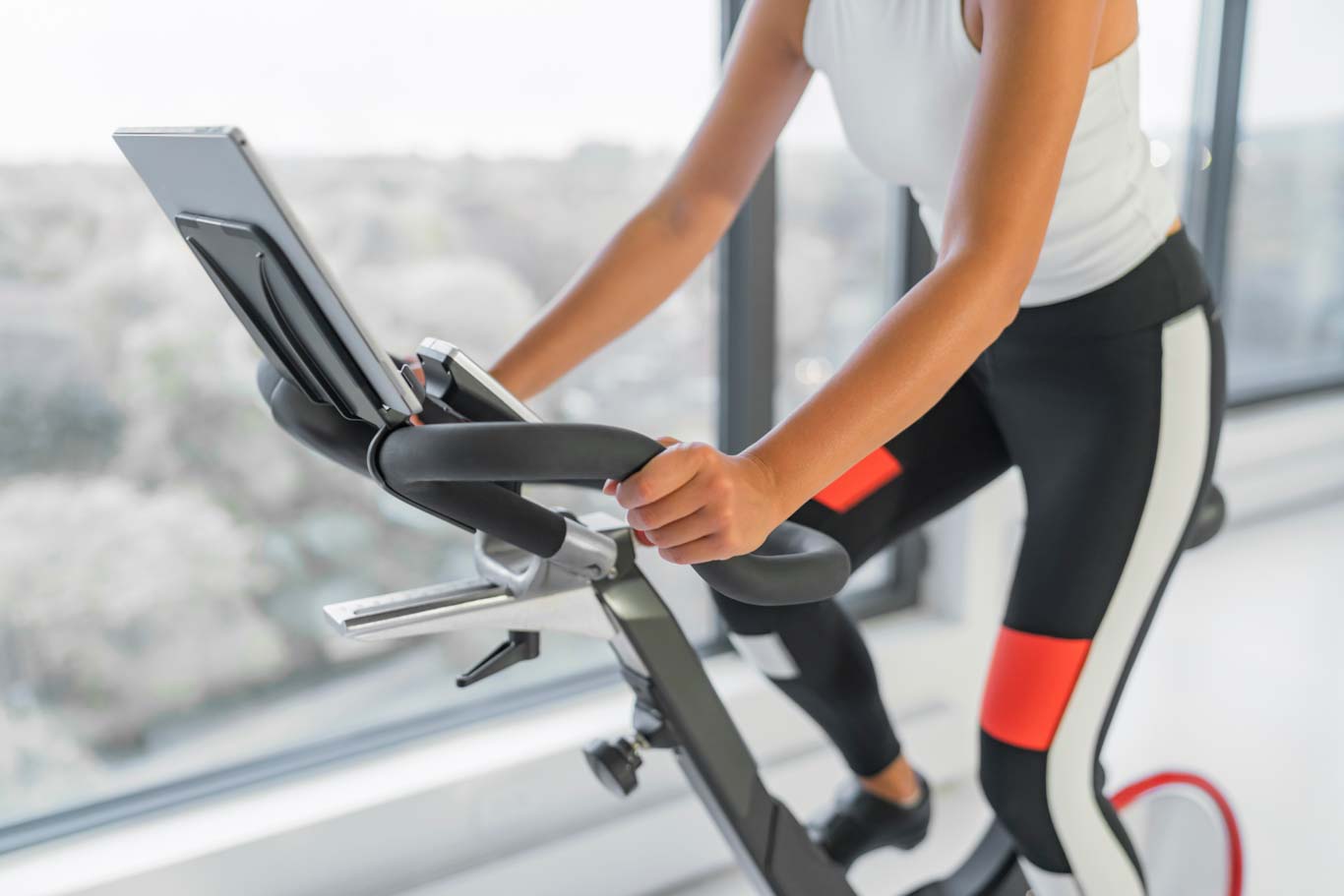
Hey there, fellow fitness fighters! Step into the invigorating universe of indoor cycling, where your sweat is the secret sauce to satisfaction, and conquering goals happens right in the cozy corners of your home. No fancy titles here, just a seasoned indoor cycling enthusiast eager to spill the beans on something often overlooked amidst the excitement of a heart-pounding workout—the game-changing magic of adjustable exercise bike seats and handlebars. So, grab your water bottle, let’s chat about comfort, customization, and the joy of pedalling towards your fitness dreams. Ready to ride with me?
Understanding Adjustable Exercise Bike Seats and Handlebars
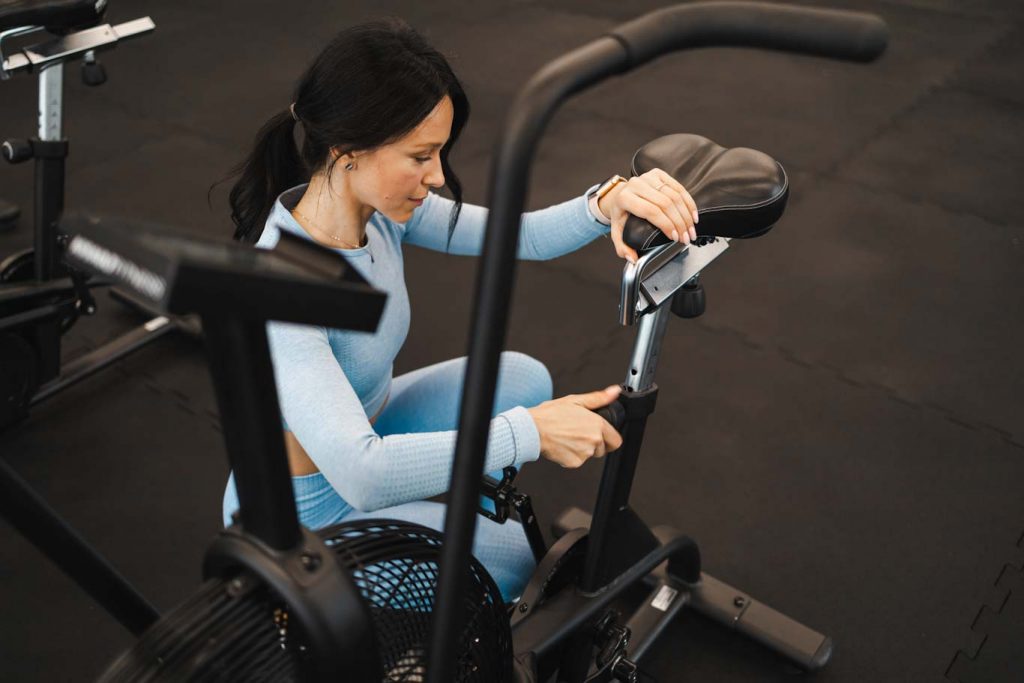
Imagine embarking on a 45-minute indoor cycling session, the beats syncing with your heartbeat, and the endorphins surging. What could potentially disrupt this perfect scenario? Uncomfortable seats and rigid handlebars. This is where the magic of adjustability comes into play.
Benefits of Adjustable Features
Customization for Different Body Types: We’re all unique, and our bodies reflect that diversity. Adjustable seats and handlebars ensure your bike adapts to your body, fostering not just comfort but necessity for a truly effective workout.
Enhanced Comfort and Support: It’s not just about avoiding soreness; it’s about maximizing endurance. A well-adjusted seat and handlebars provide the necessary support to keep you going, mile after mile. It’s not just about comfort; it’s a performance enhancer.
The Impact of Proper Bike Adjustment on Performance
Proper bike adjustment is not a trivial matter; it’s the key to unlocking your full potential. Imagine your body in perfect alignment, each pedal stroke effortless, and each push and pull of the handlebars a seamless dance. This isn’t a fantasy; it’s the reality of a well-adjusted indoor bike.
Optimal Body Alignment and Posture
The benefits extend beyond immediate comfort. Proper bike adjustment ensures optimal body alignment and posture, preventing the risk of long-term injuries. It’s not just about the workout; it’s about a sustainable fitness journey.
Increased Efficiency and Workout Intensity
When your bike is an extension of your body, every movement becomes more efficient. You’ll find yourself pushing harder, reaching new speeds, and conquering challenging terrains. The result? A more intense and effective workout that translates into real, tangible fitness gains.
3 Tips to Avoid Indoor Cycling Pain and Injury
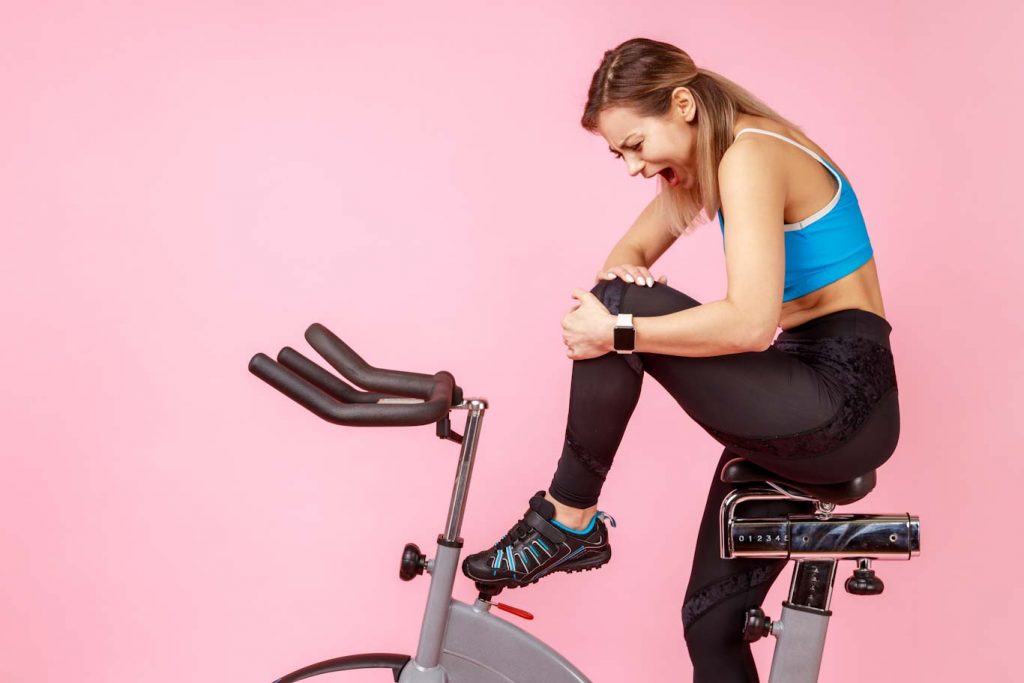
Now, let’s address the elephant in the room—pain and injury. The reality is, discomfort and injuries can be avoided with a few simple tips.
1. Importance of Proper Bike Setup
Invest Time in Setup: Take the time to properly set up your bike. Adjust the seat height, position, and handlebar height to match your body’s dimensions. It’s a small investment that pays off significantly in the long run.
2. Body Positioning and Alignment Tips
Listen to Your Body: If something doesn’t feel right, it probably isn’t. Pay attention to discomfort or pain during your rides. Adjust your setup accordingly and, if needed, consult with a fitness professional.
Gradual Progression: If you’re new to indoor cycling, start slow. Gradually increase the intensity and duration of your workouts. This allows your body to adapt without unnecessary stress.
3. Incorporating Rest and Recovery into Your Routine
Rest Days Matter: Your body needs time to recover. Incorporate rest days into your routine to prevent overuse injuries. It’s not about taking a break from fitness; it’s about ensuring longevity in your training.
Additional reading: Upright Bike Workout Tips
3 Common Mistakes and How to Correct Them
Let’s address some common mistakes that can hinder your indoor cycling journey.
1. Overlooking the Importance of Adjustments
Set-and-Forget Mentality: Adjusting your bike once and forgetting about it is a common mistake. Your body changes, your fitness level evolves—your bike setup should evolve with you. Regularly reassess and readjust as needed.
2. Ignoring Signs of Discomfort and Pain
Toughing it Out: Pain is not a badge of honor. If you’re experiencing persistent discomfort or pain, it’s time to address the issue. Ignoring these signals can lead to chronic injuries that may sideline you from your fitness journey.
3. The Role of Regular Maintenance in Preventing Issues
Neglecting Bike Maintenance: Your bike is not just a piece of equipment; it’s a partner in your fitness journey. Regular maintenance ensures that it continues to provide the support and comfort you need. Check for loose bolts, worn-out parts, and any signs of wear and tear.
Choosing the Right Exercise Bike for You
The journey starts with the right equipment. Here are some tips for choosing the perfect exercise bike for your needs.
Researching and Comparing Different Models
Explore Your Options: Research different exercise bike models. Consider factors like adjustability, comfort features, and user reviews. A well-informed decision at the beginning ensures a smoother journey ahead.
Considering Individual Fitness Goals and Preferences
Align with Your Goals: Are you aiming for high-intensity interval training or a steady-state cardio workout? Your fitness goals should drive your choice of an exercise bike. Additionally, consider features that align with your personal preferences for a more enjoyable ride.
Read more: Best Exercise Bike Buying Guide
Conclusion
In the exhilarating world of indoor cycling, every pedal stroke counts, and every adjustment matters. My mission is to guide you towards a fitness journey that’s not only effective but also sustainable.
In the pursuit of fitness, don’t compromise on comfort. Adjustable exercise bike seats and handlebars are not just accessories; they are the architects of a transformative workout experience. Embrace the power of customization, listen to your body, and witness the incredible difference it makes.
Your indoor cycling journey is not just about the destination; it’s about relishing every moment of the ride. So, gear up, adjust your settings, and let’s ride towards a fitter, healthier, and more comfortable you. Remember, it’s not just a ride; it’s an experience crafted for your success and well-being. Let the journey continue, one pedal at a time.
FAQs
What is the ideal height for an indoor bike seat?
The ideal height for an indoor bike seat is generally when your leg is almost fully extended at the bottom of the pedal stroke, with a slight bend in the knee. This ensures efficient pedaling and minimizes strain on the joints.
Can I use the same seat height adjustment for different types of workouts, like HIIT and endurance rides?
Yes, a good starting point for seat height is generally consistent across different types of workouts. However, you may make minor adjustments based on your comfort and performance preferences for each workout.
Should I adjust my handlebars differently for standing and seated positions during a workout?
Yes, it’s advisable to make slight adjustments to the handlebars when transitioning between standing and seated positions. Lower the handlebars slightly when standing to maintain a comfortable and effective posture.
What role does the width of the handlebars play, and can it impact my riding technique?
The width of the handlebars can impact your riding technique by influencing your upper body position and comfort. Wider handlebars may provide more stability, while narrower ones can enhance aerodynamics and focus on the upper body engagement.
Is there a general rule for the distance between the seat and handlebars for optimal comfort and performance?
A general guideline is to have a comfortable reach to the handlebars without straining your back. Your elbows should have a slight bend when holding the handlebars, ensuring a relaxed and efficient riding position.
Are there any signs that my seat or handlebars need readjustment during a workout?
Signs of discomfort, pain, or numbness, especially in the lower back, knees, or hands, may indicate the need for readjustment. Listen to your body; if something feels off, consider tweaking your seat or handlebar settings.
Can I adjust the seat and handlebars on any indoor bike, or are there specific models that offer better customization options?
Most indoor bikes are designed with adjustable seats and handlebars. However, the extent of customization may vary between models. High-end models often offer more sophisticated adjustment options for a tailored fit.
Do different indoor bike brands have unique considerations when it comes to adjusting seats and handlebars?
Yes, different brands may have unique designs and adjustment mechanisms. It’s crucial to consult the specific user manual or guidelines provided by the manufacturer for each indoor bike model to ensure proper and safe adjustments.
Related guide and further readings:
- Types of exercise bike
- Stationary bike setting for beginners
- What to do before and after a cycling workout




